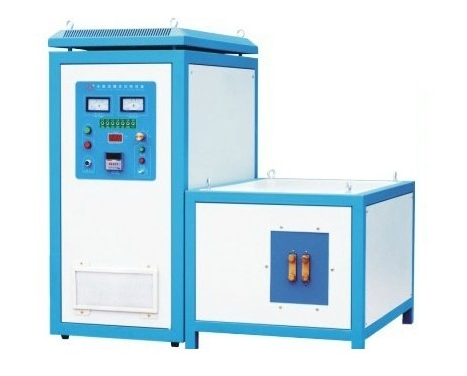- 11
- Jan
How to configure an intermediate frequency quenching transformer?
How to configure an رفع فرکانس متوسط transformer?
La intermediate frequency quenching transformer is abbreviated as intermediate frequency transformer, also known as matching transformer. Its principle diagram is shown in Figure 2-14 for the selection of induction heating current frequency and the estimation of power supply power.
The relationship between the primary winding voltage (Ep) and the secondary winding voltage (Es) can be expressed by the ratio of the turns of the two windings: Ep/Es=N/Ns. Its function is mainly to reduce the voltage, so that the parameters of the inductor are matched with the parameters of the intermediate frequency power supply. In order to reduce the loss of intermediate frequency line components, the output voltage used by the intermediate frequency power supply is between 375V and 1500V. Nowadays, 650V and 750V are mostly used. The voltage of the inductor used in the quenching device is usually between 7 and 100V due to different structures. For a 100kW intermediate frequency power supply, the commonly used voltage is between 8 and 80V. For example, the required voltage of the crankshaft semi-annular inductor is often 65-80V at 8-10kHz.
(1) The main parameters and requirements of the intermediate frequency transformer is kV·A as the nominal capacity. The technical requirements for intermediate frequency transformers are generally: stable and reliable performance, convenient operation, small structure, low loss and reasonable price. In addition, there are two special requirements:
1) The variable pressure coefficient is easy to change.
2) The short-circuit impedance is small (this is necessary to reduce the instability of the heating specification. This instability will occur when the transformer is not deformed much, and it will affect the size of the short-circuit impedance).

